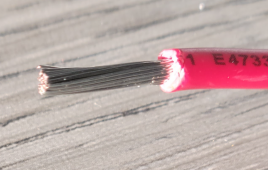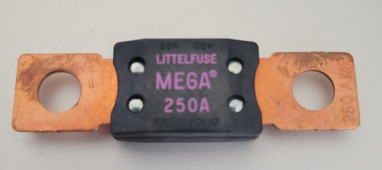I've built a 48V battery and am wondering about fusing branch circuits. If it is required that a class T fuse be used for 48V systems, does that apply to every branch circuit?
Example: I have a 48V to 12V 360W buck converter that will pull (360W / 48V) * 1.25 = 9.375A. Does this mean I need a class T 10A fuse?
Example: I have a 48V to 12V 360W buck converter that will pull (360W / 48V) * 1.25 = 9.375A. Does this mean I need a class T 10A fuse?




